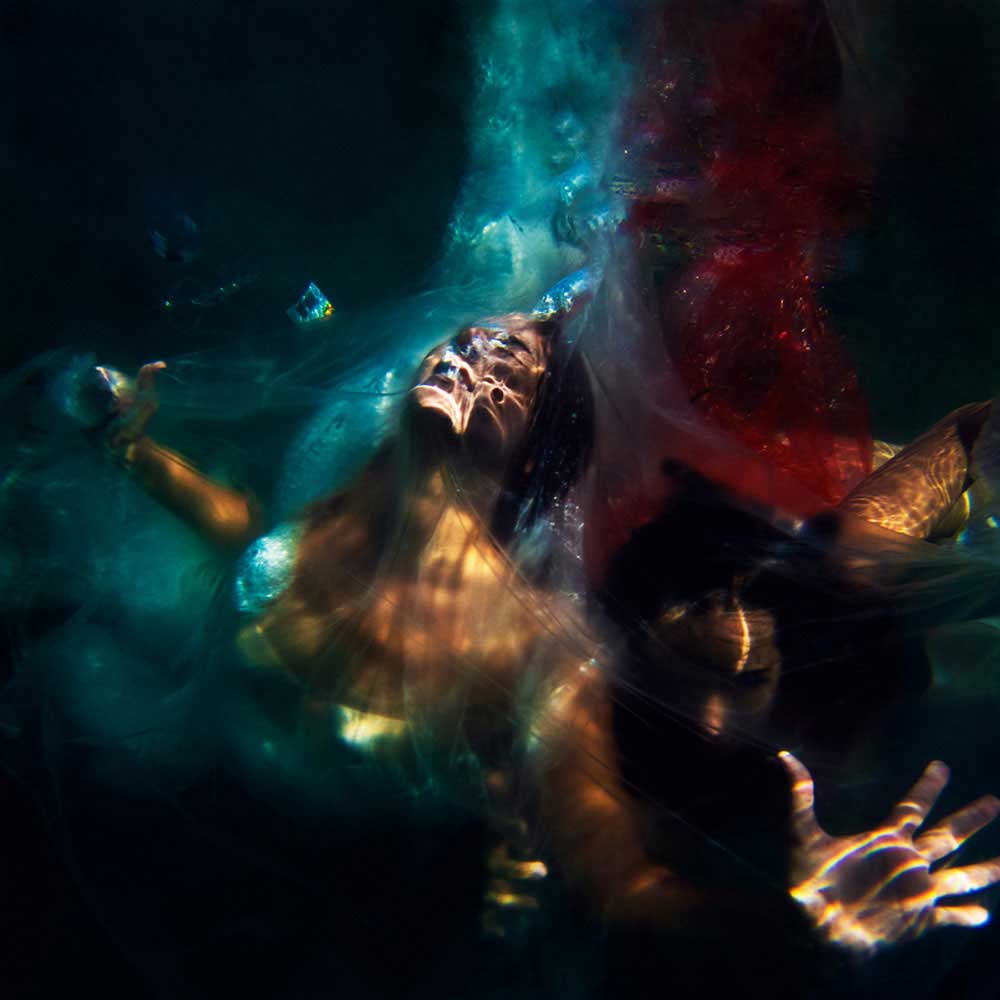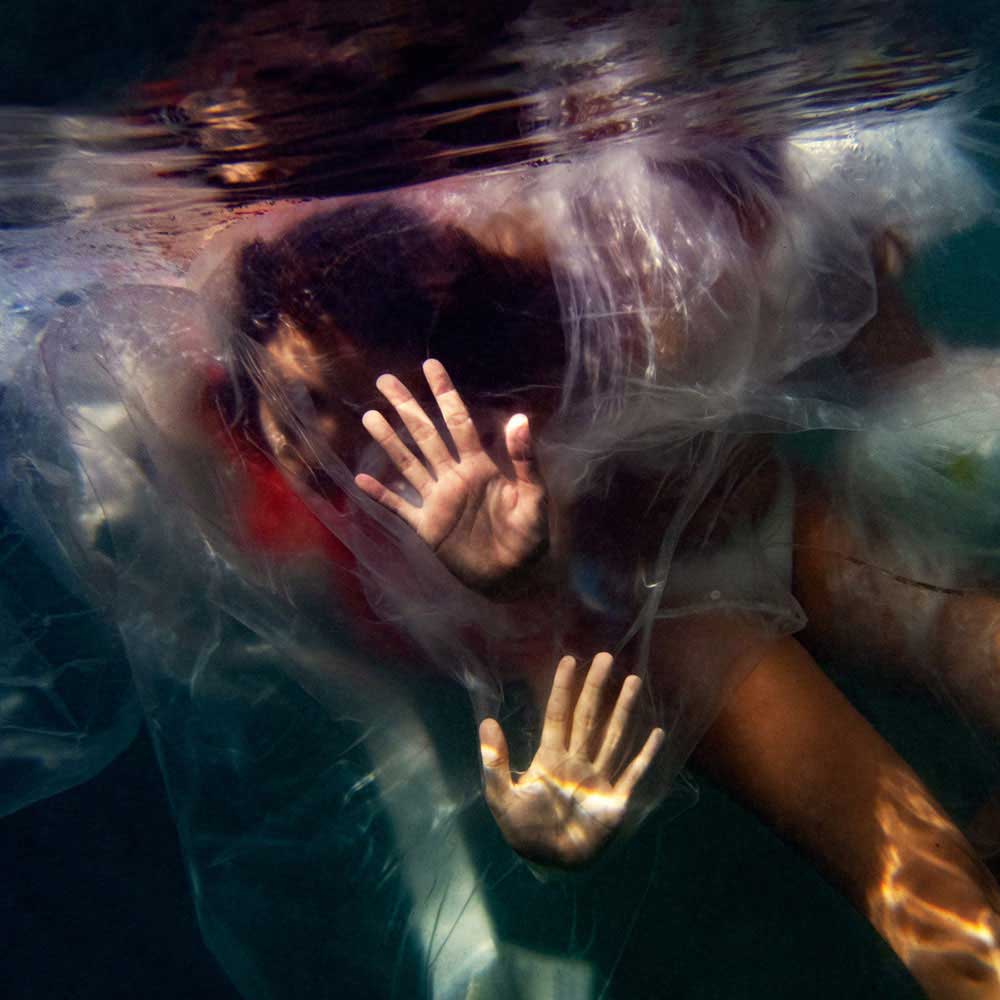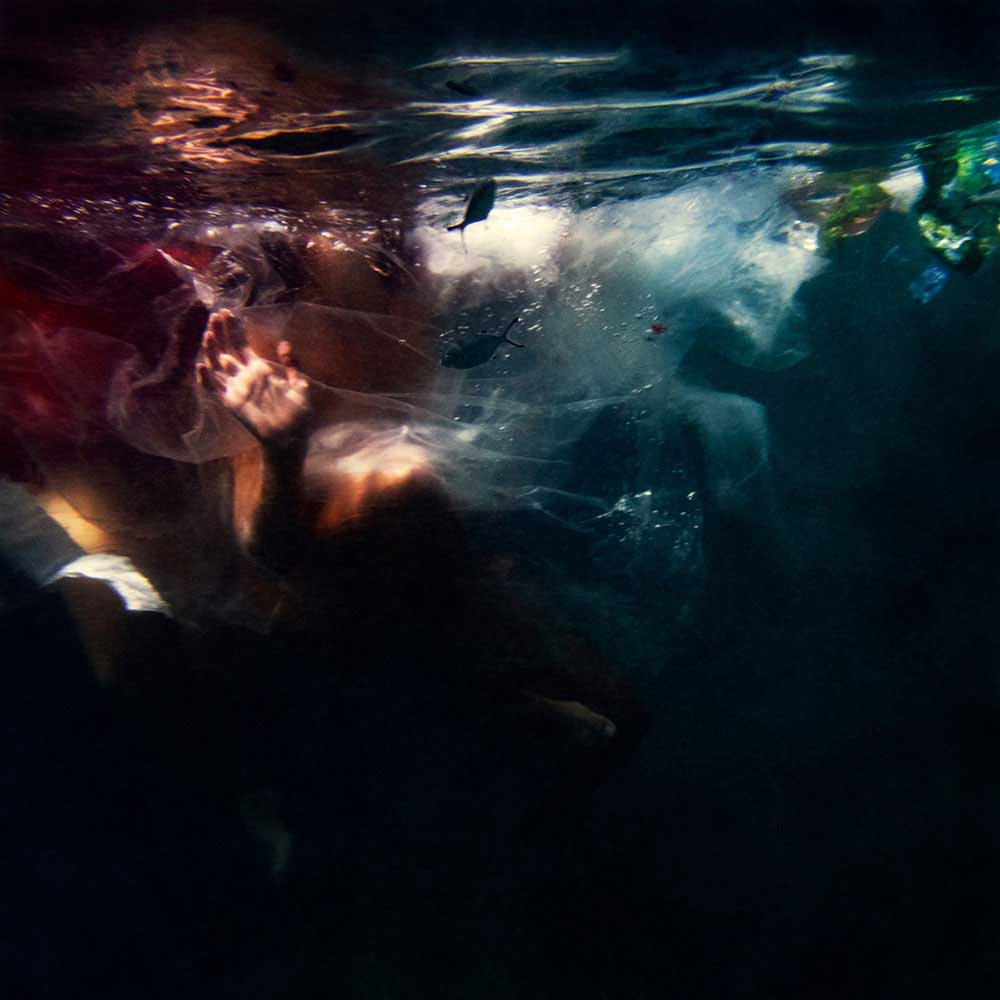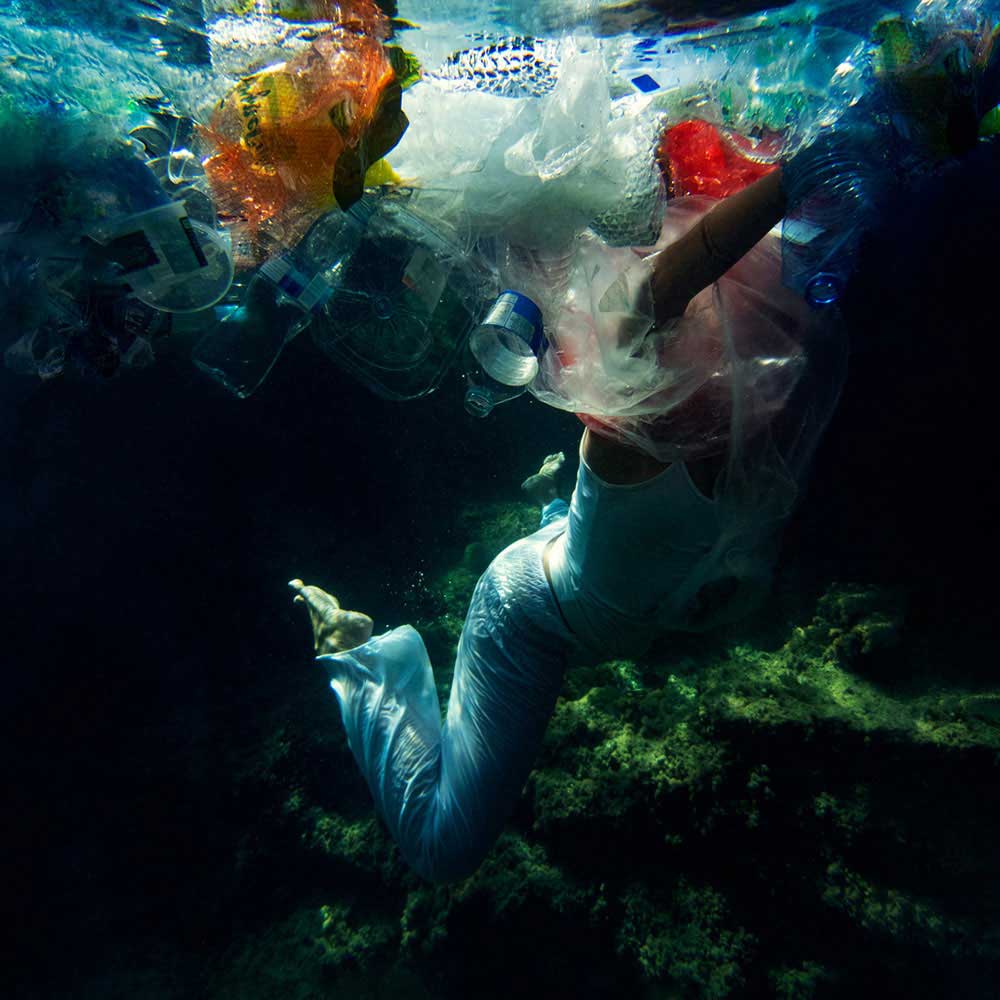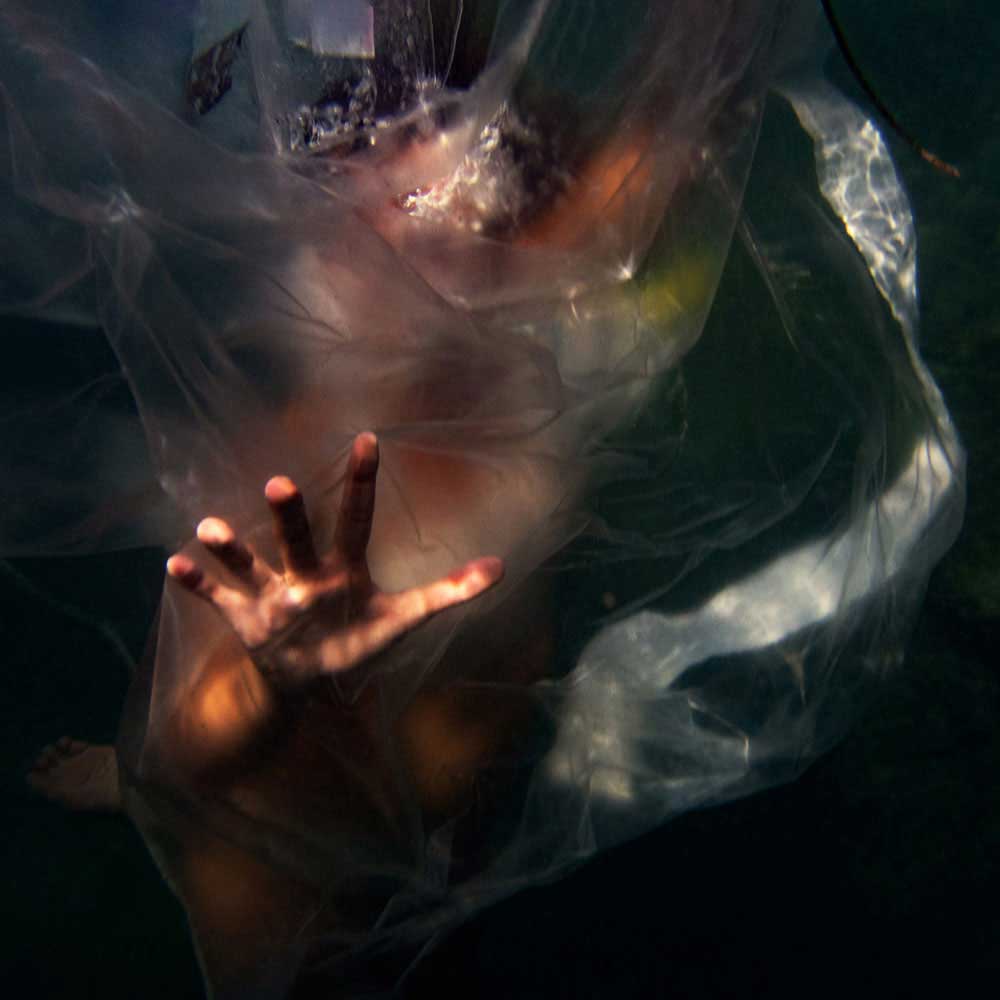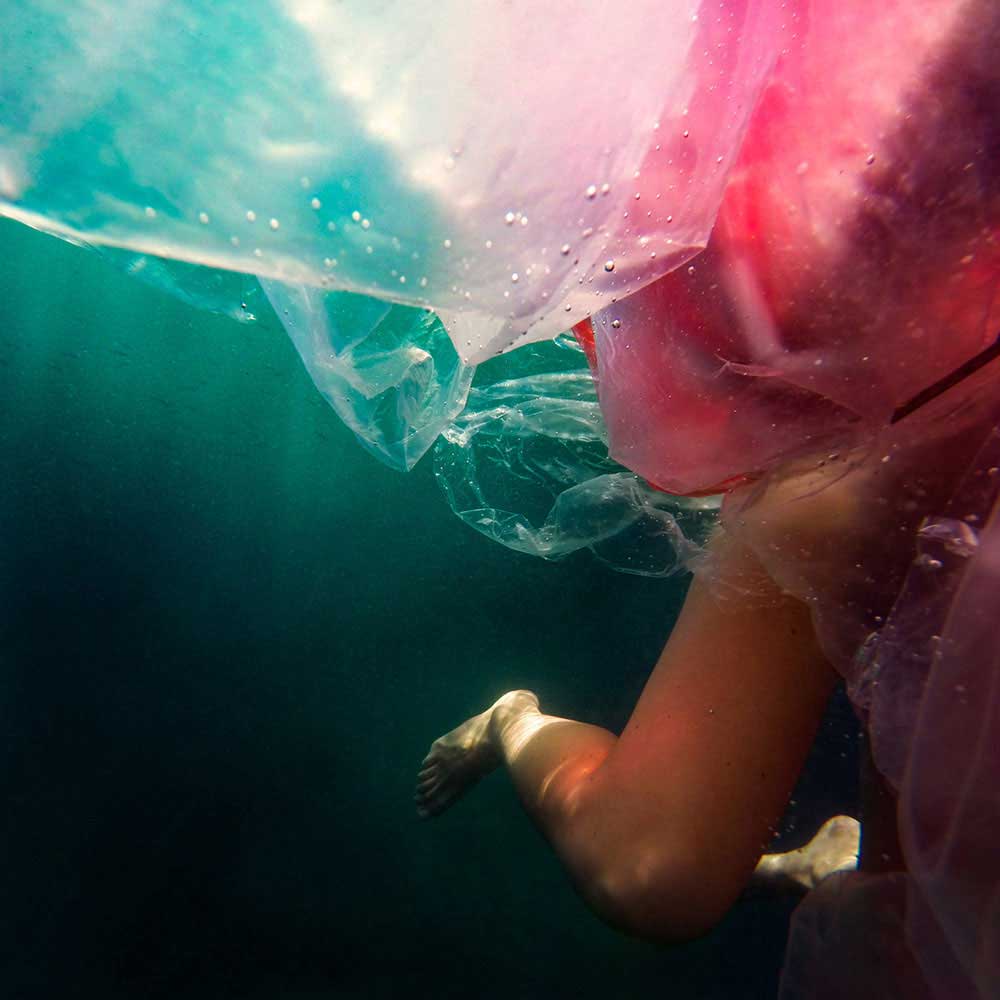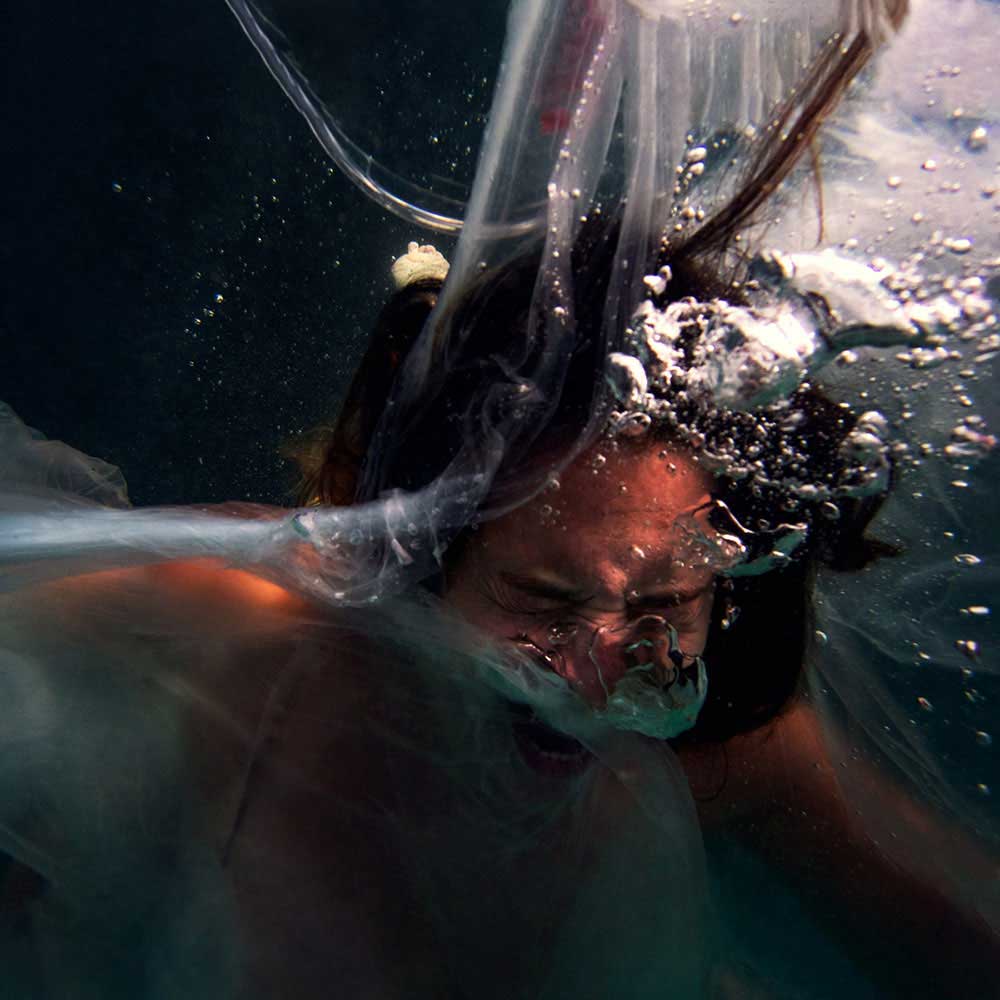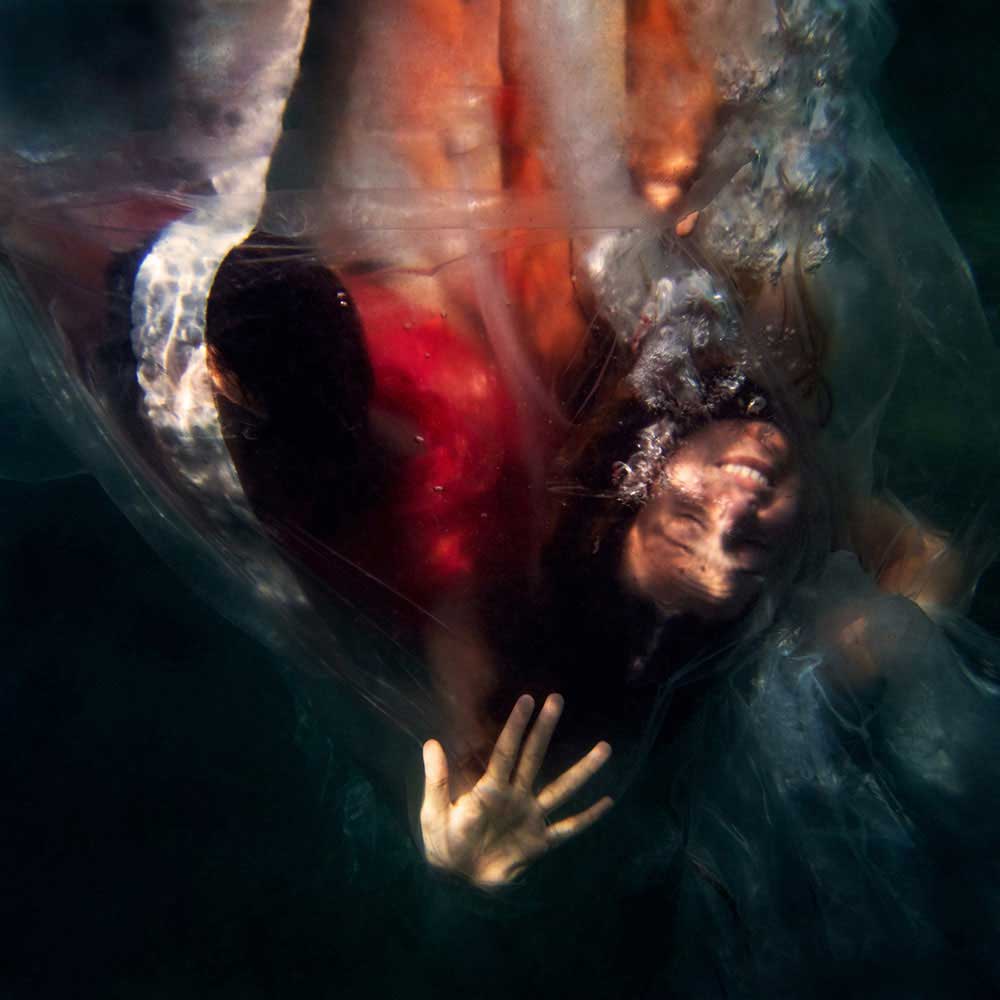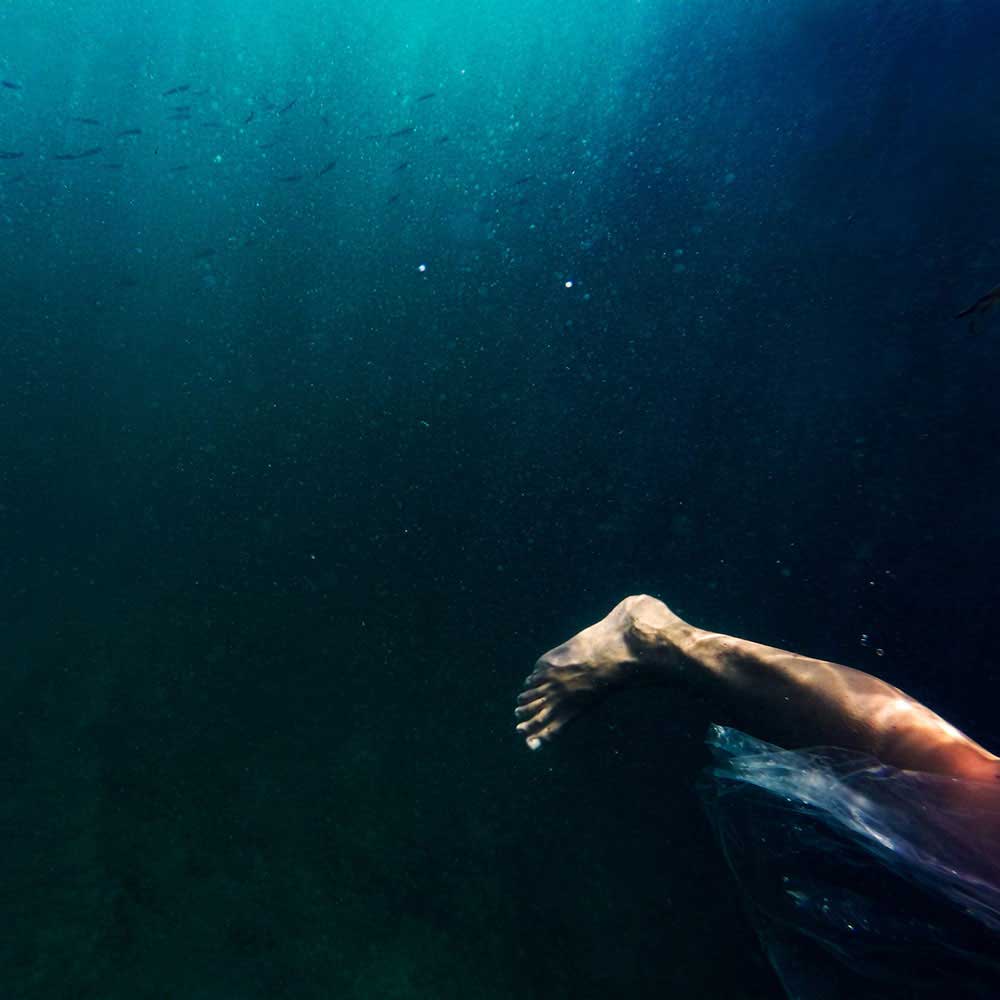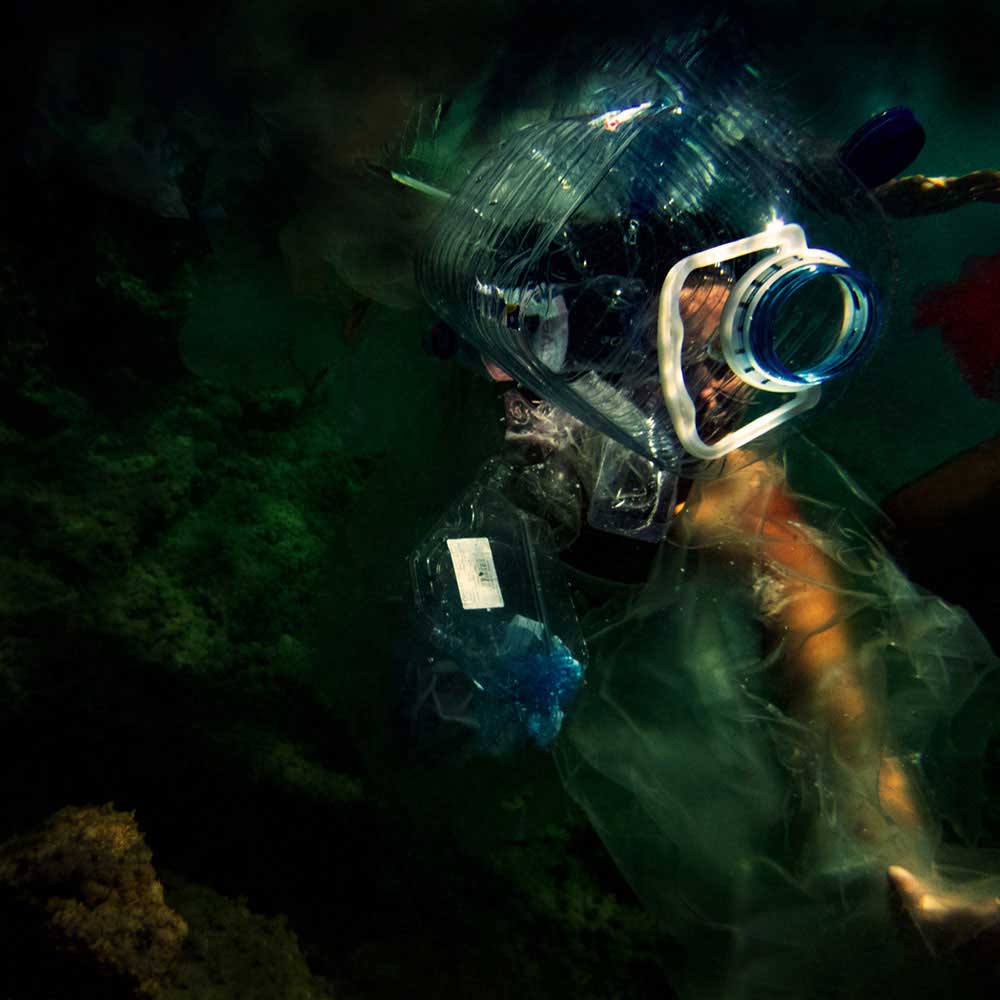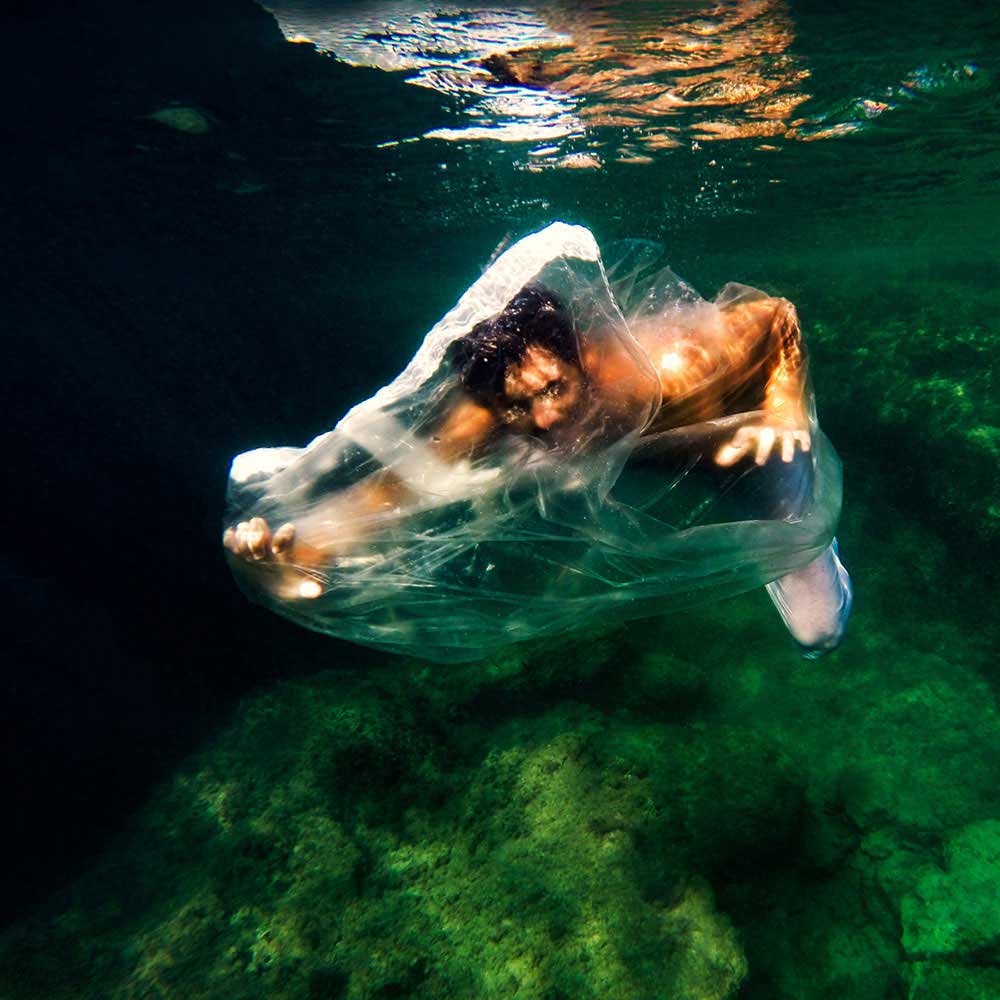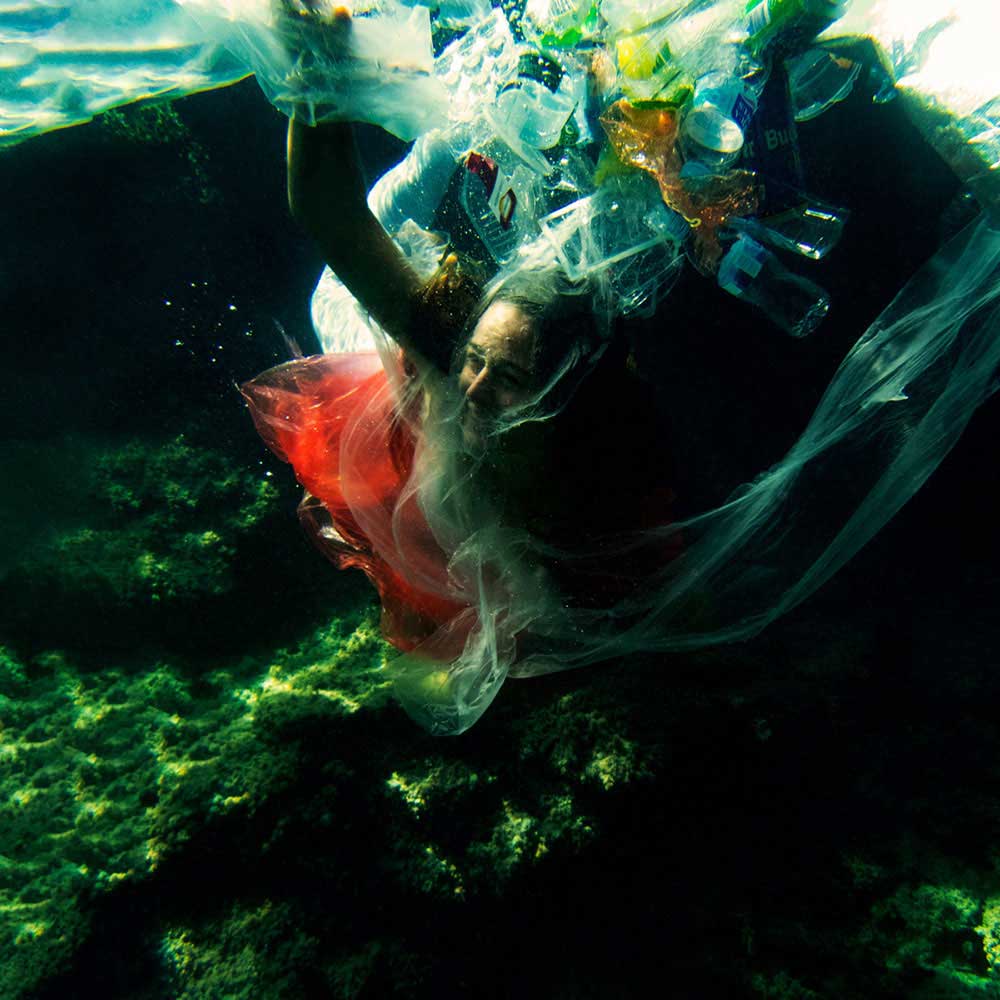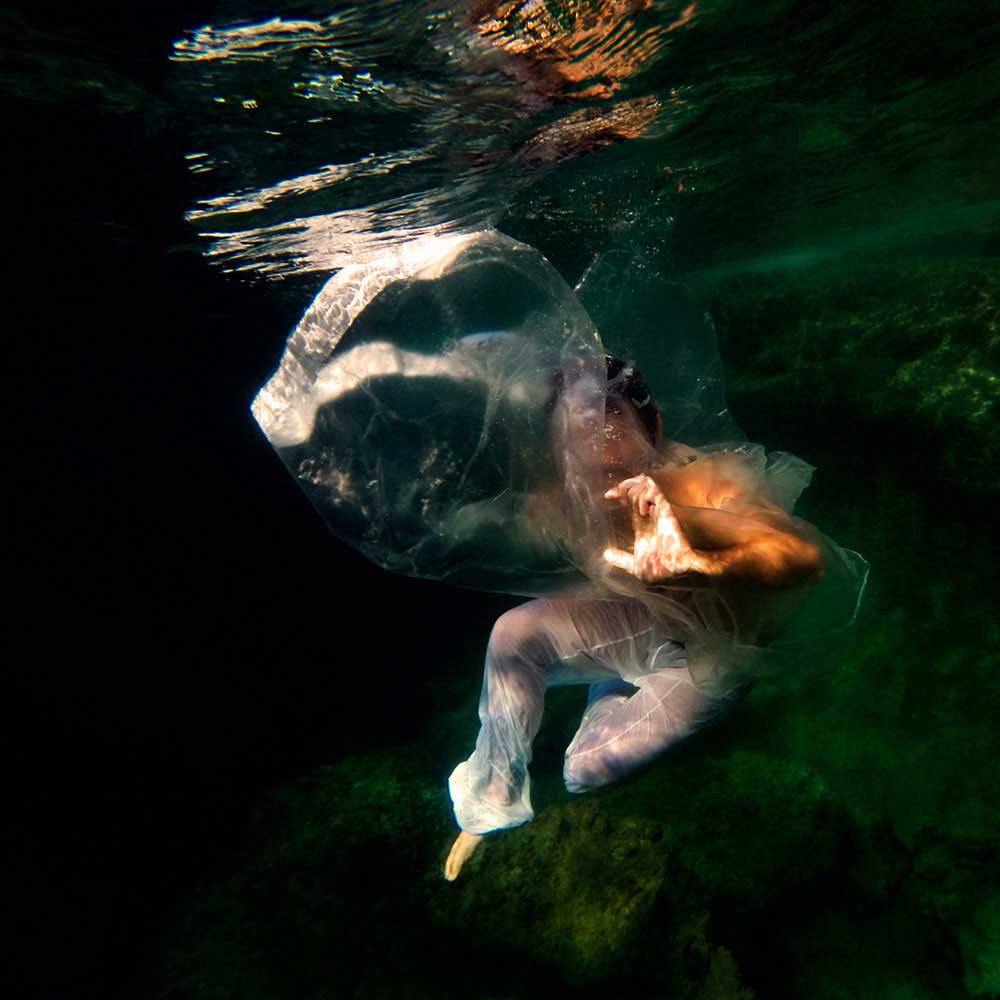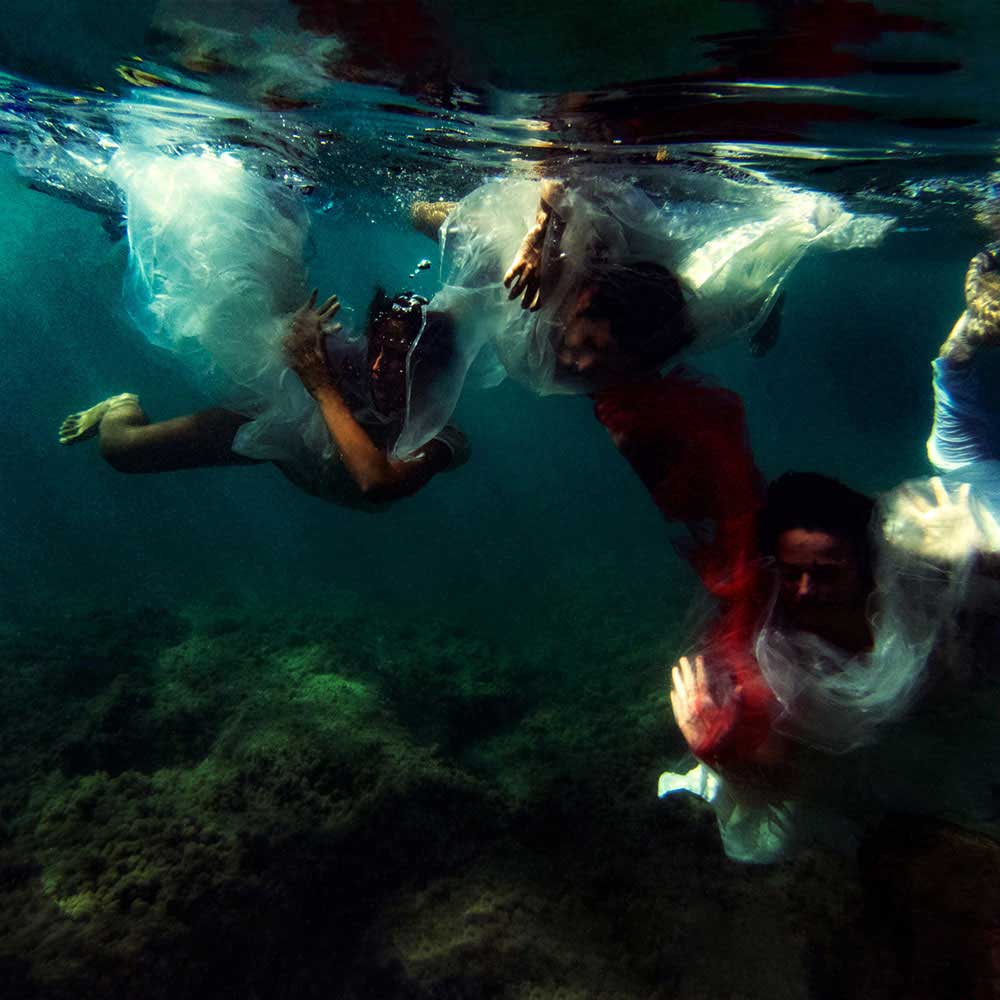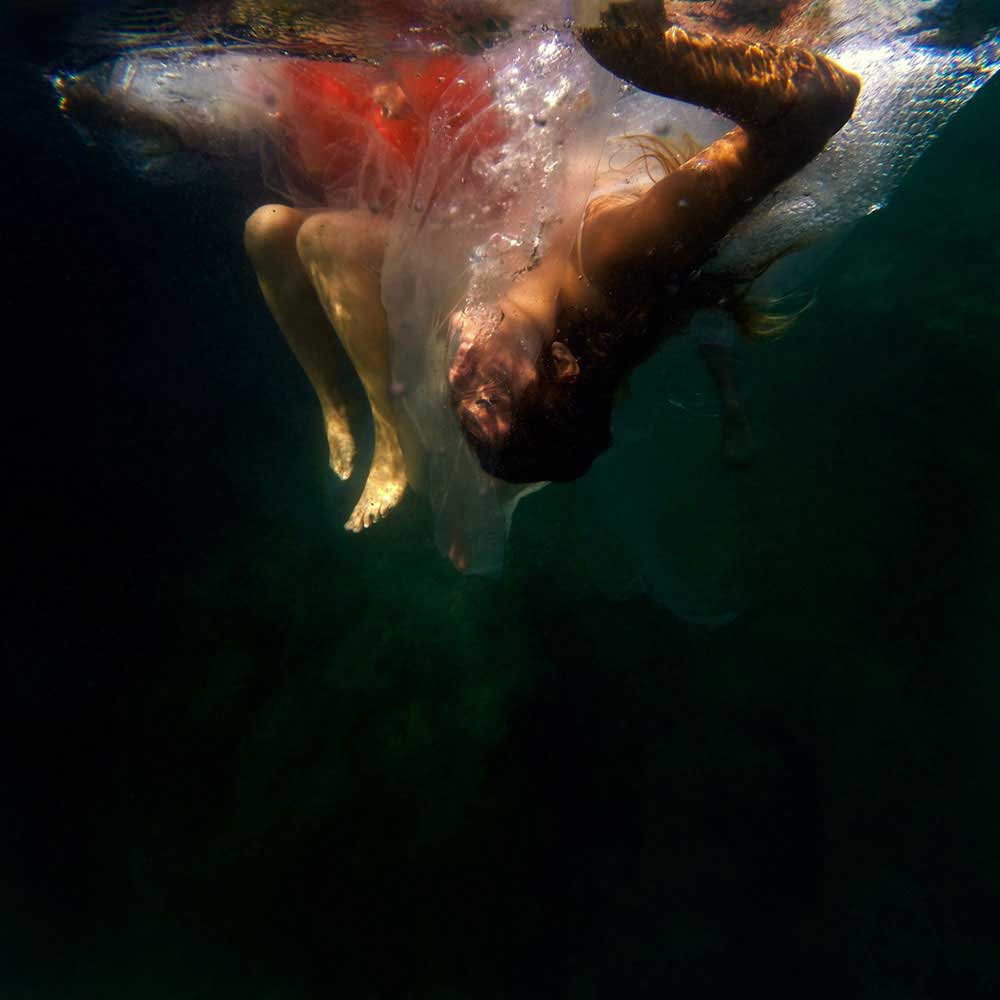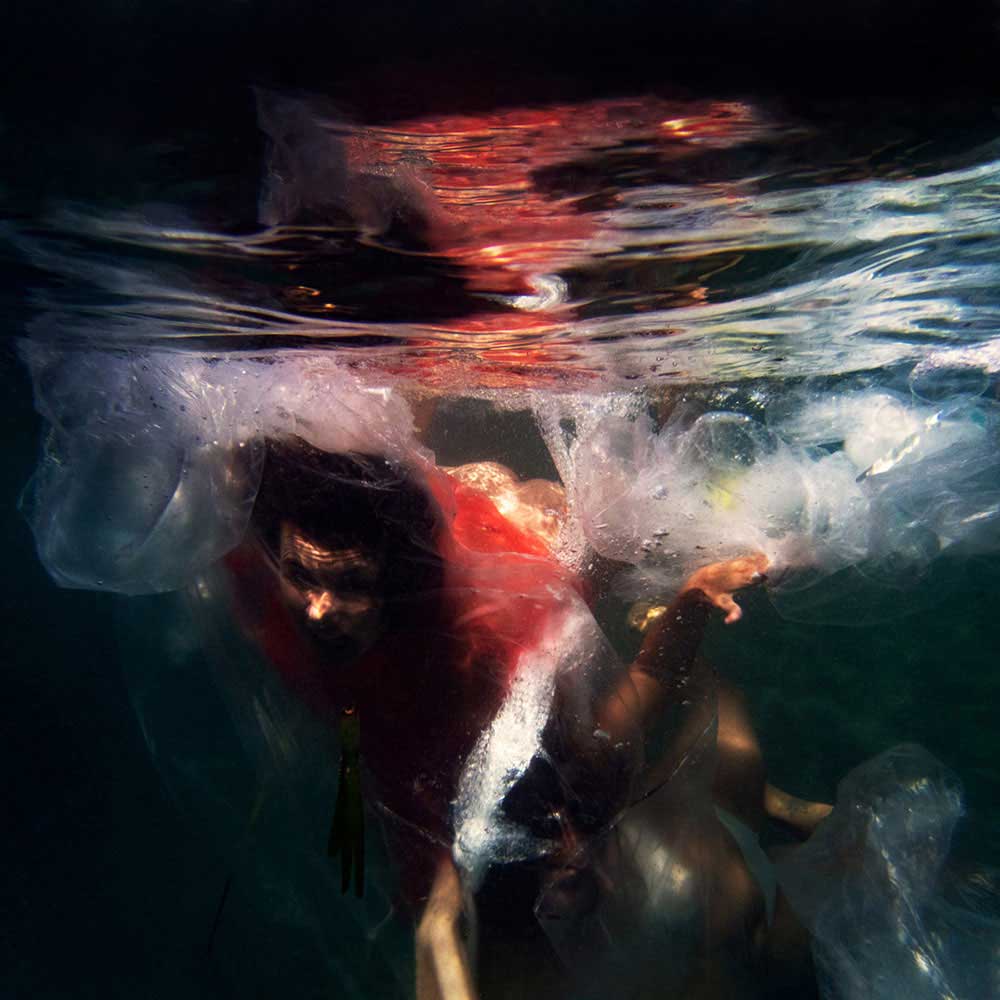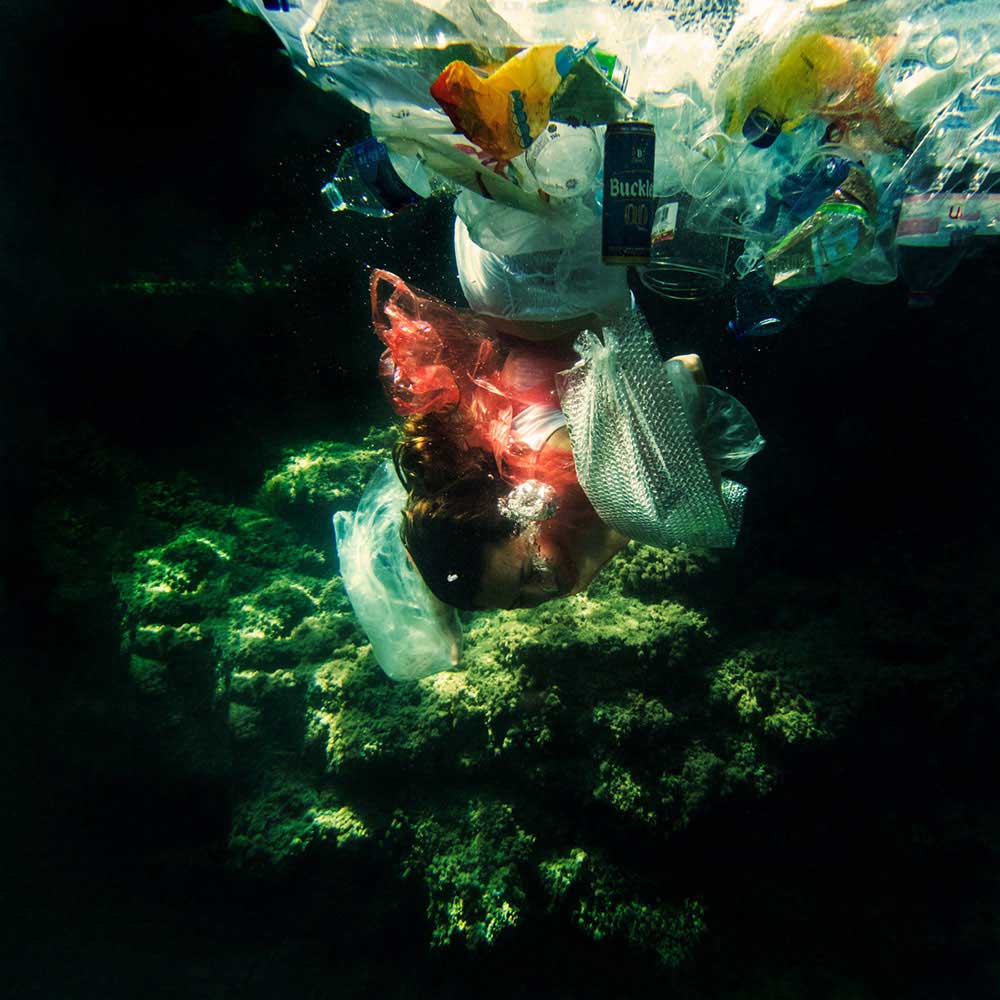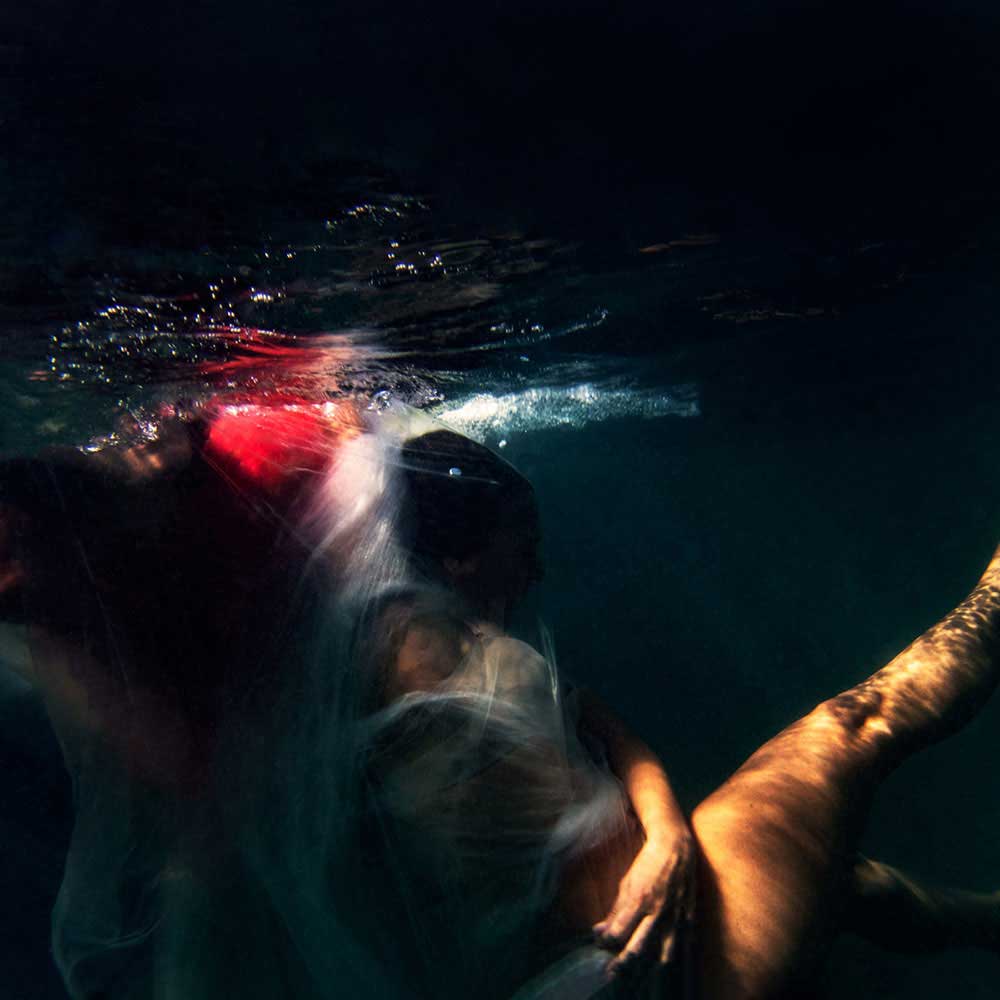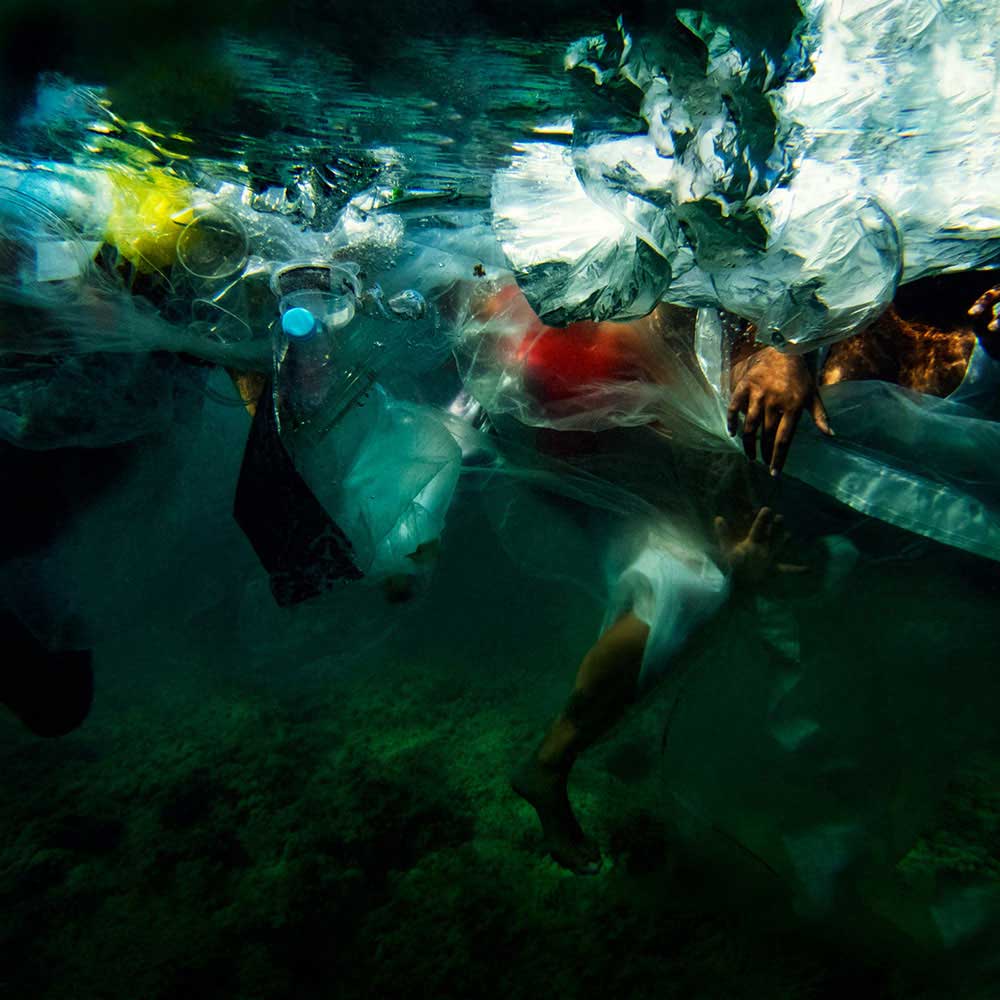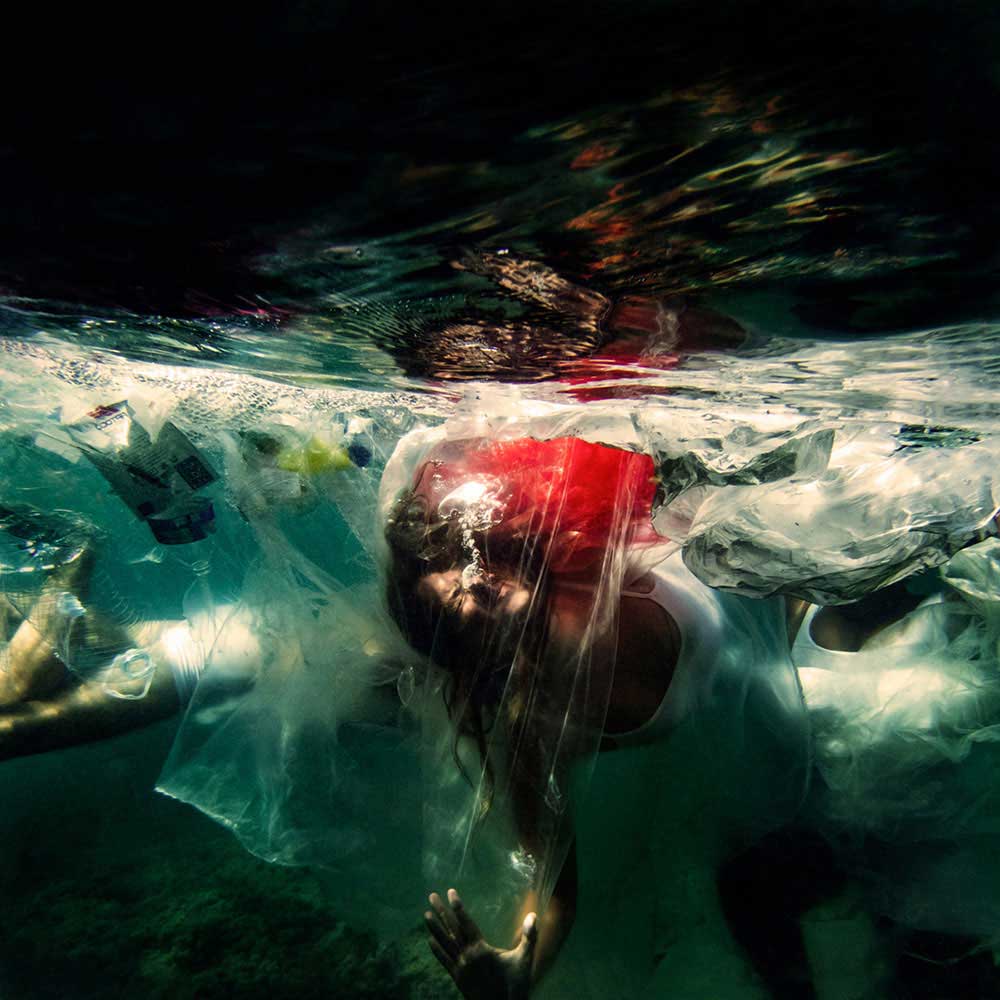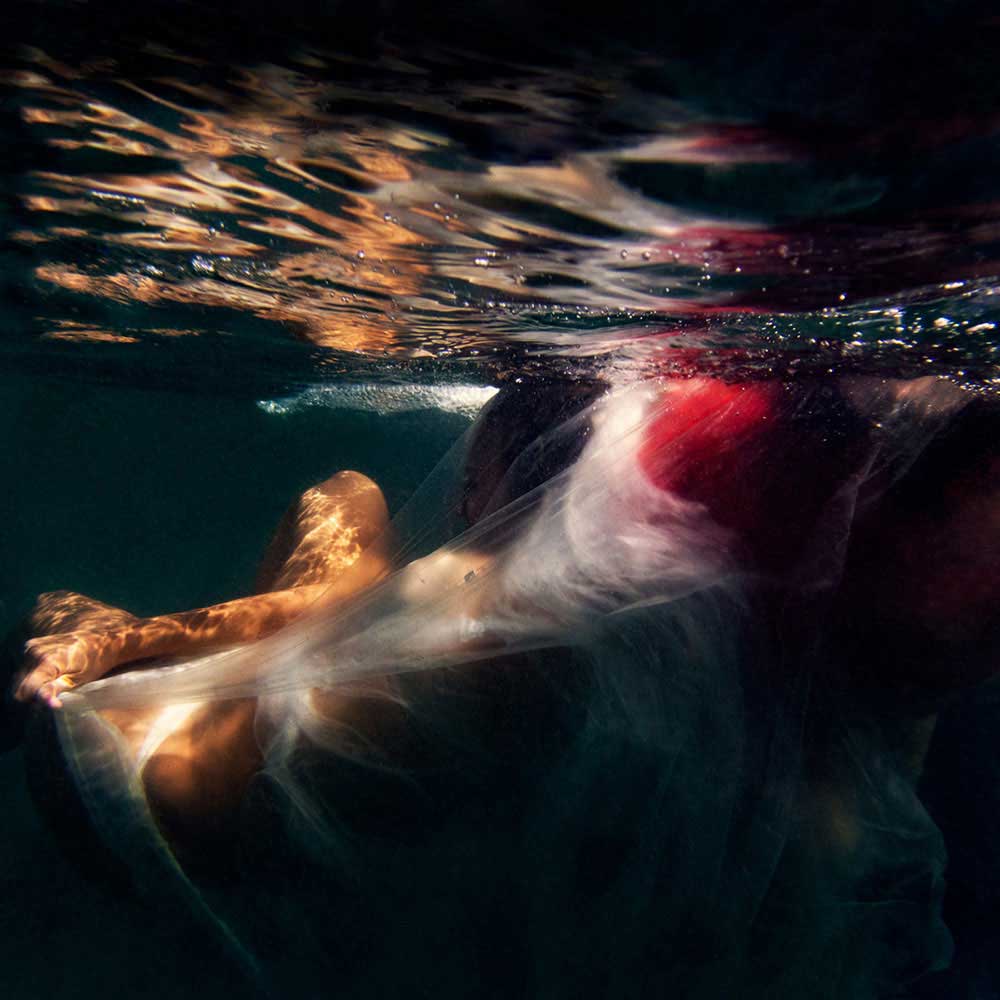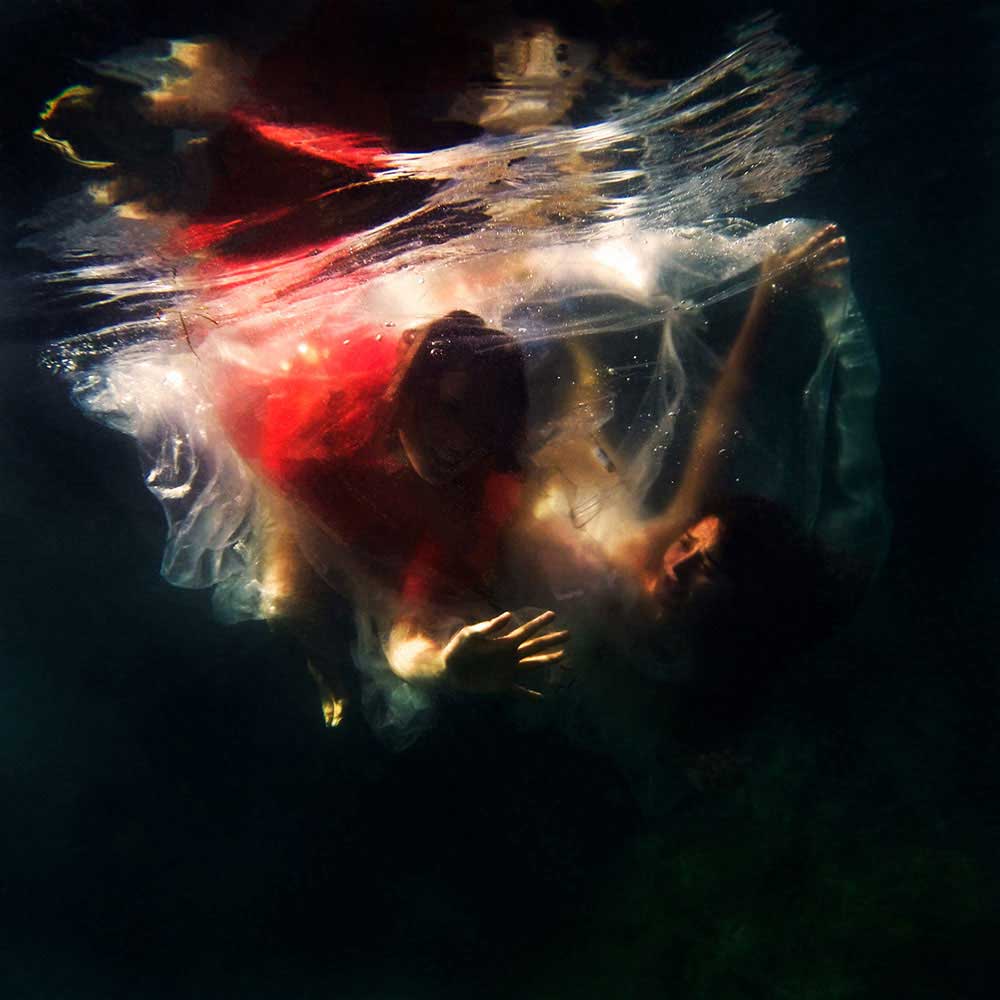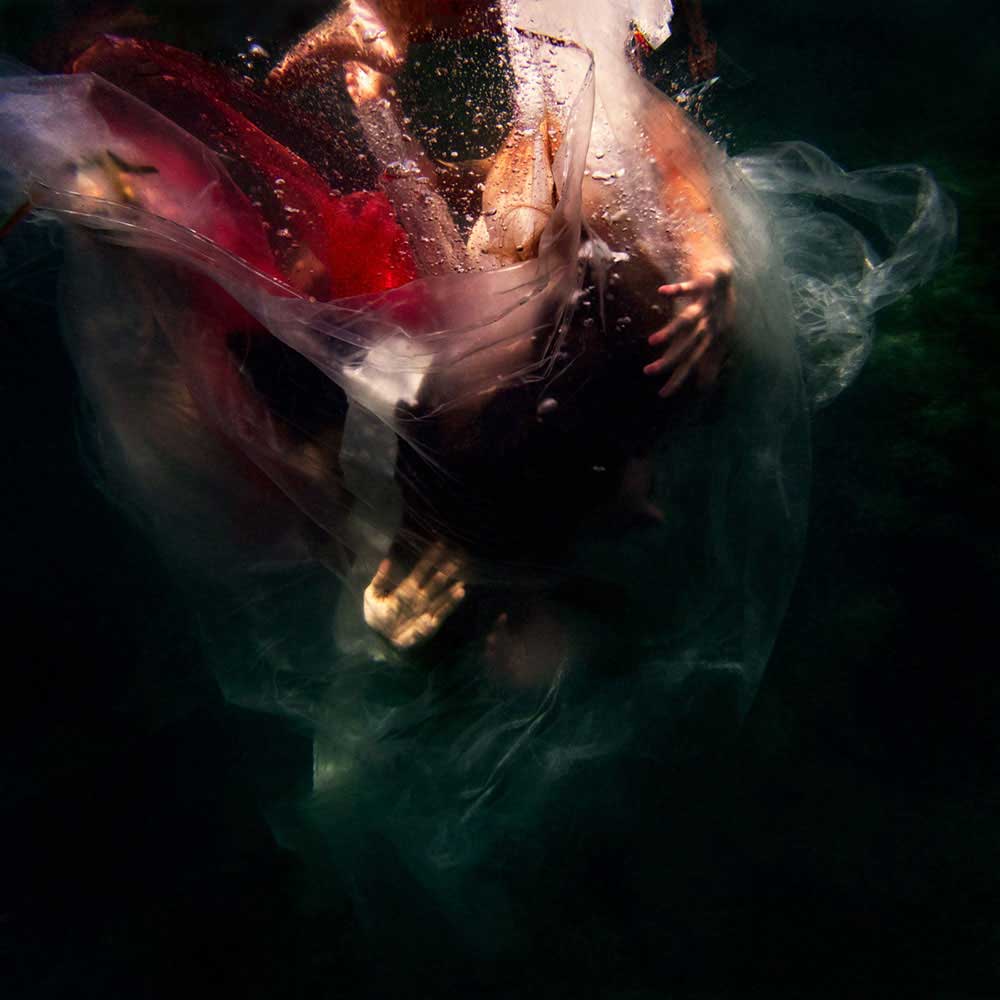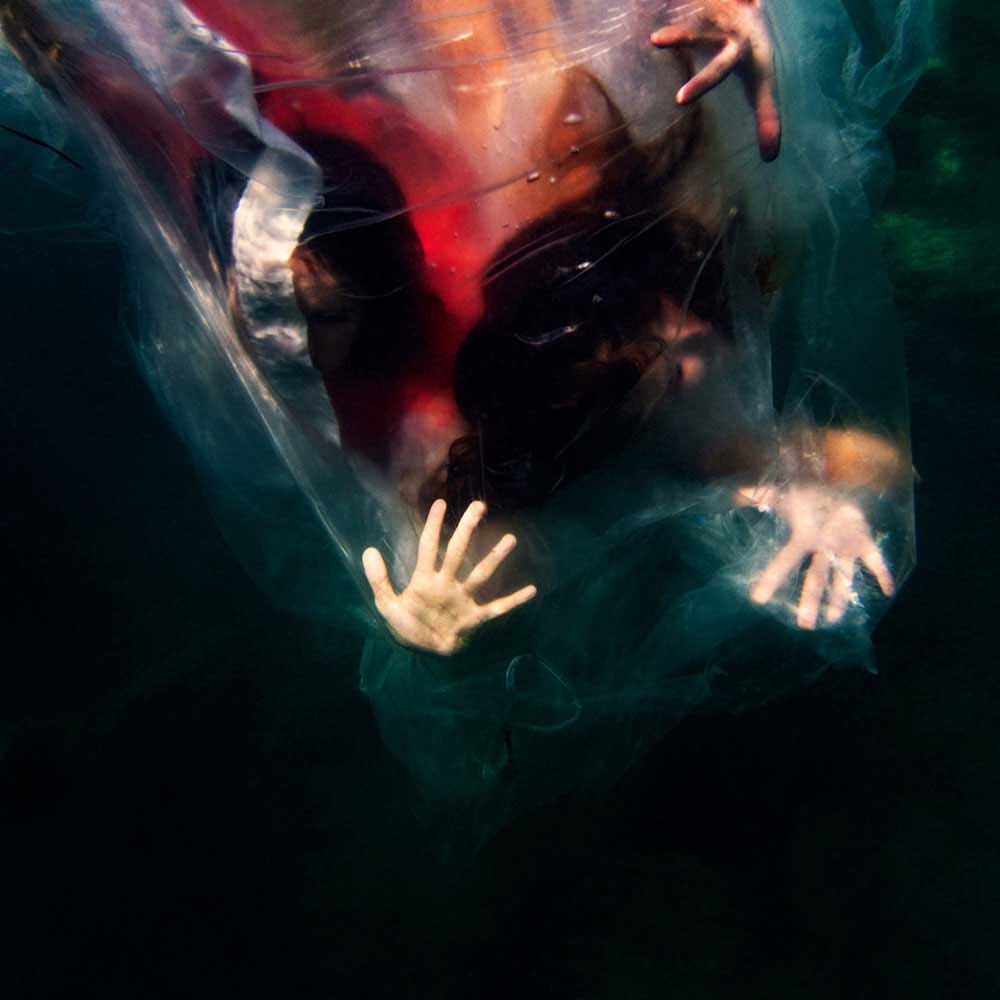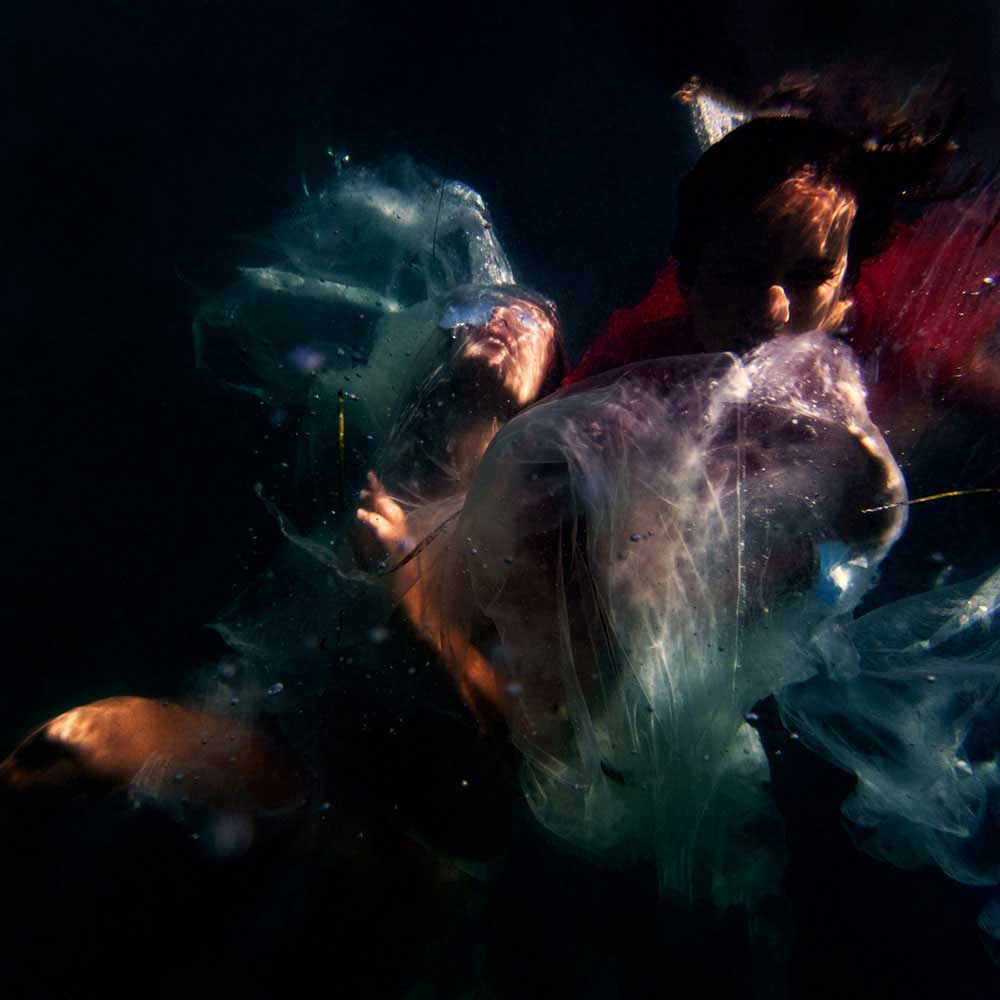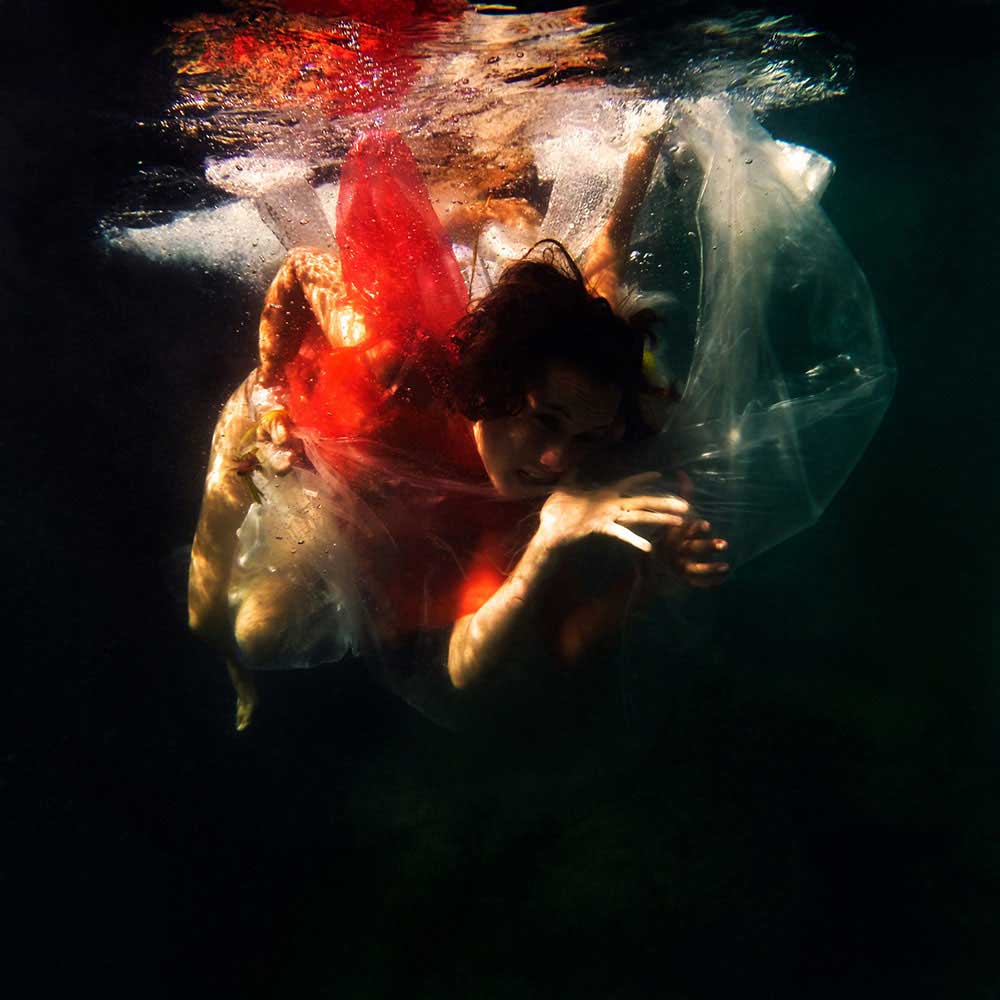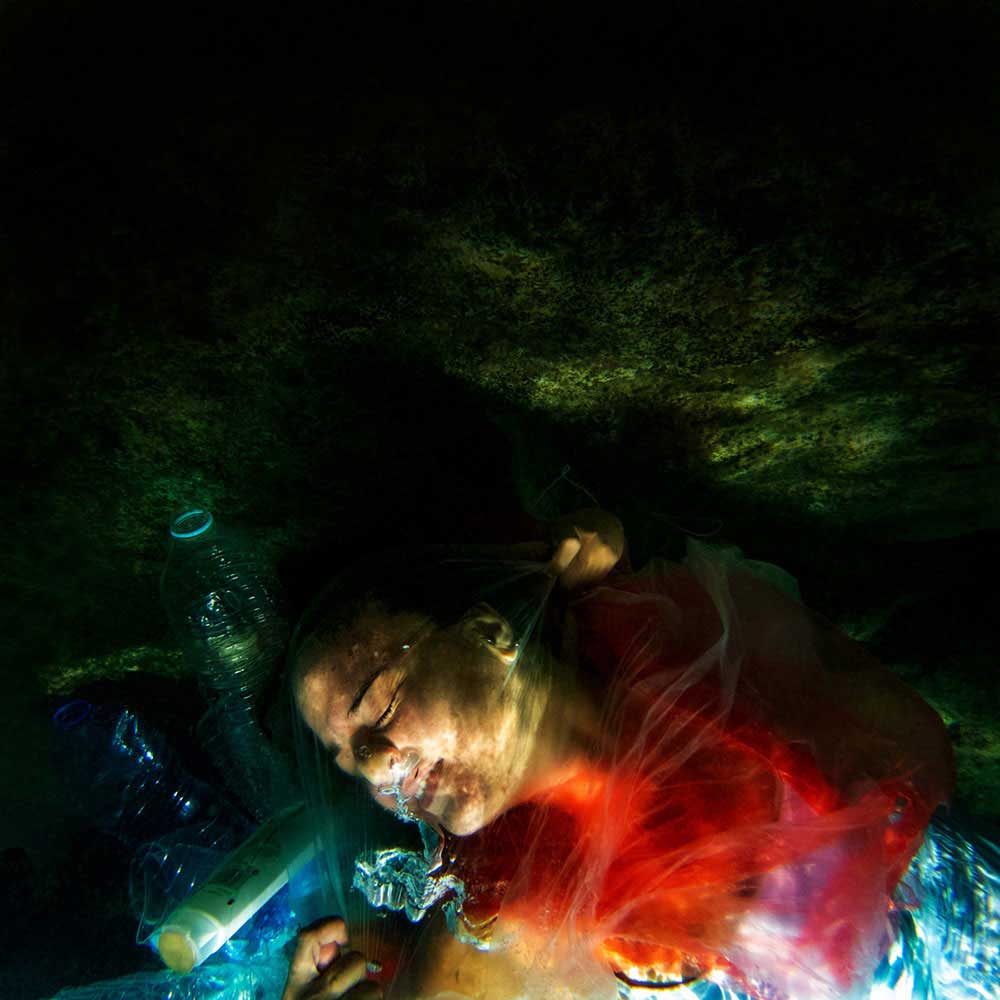What would we do if our only home, the only place that we can live in, would be invaded with unknown materials that we have neither the instinctive knowledge nor genetic information passed by prior generations for avoiding it or use any already build defence mechanism?
How would we feel? Would we be able to survive? Millions of species of animals and plants live this reality on a daily bases. Now we can change their situation, stoping this suffering and agony by assuming responsibility and taking serious global measures. We are interdependent, we are killing ourselves.
The coronavirus (SARS-CoV-2) has been generated by the poaching of wild animals (bushmeat) in Huanan Seafood market, China, most of them, subjected to subhuman conditions (also common in many markets throughout Asia) sold as food without any sanitary regulation and consumed by humans. The theories that scientists shuffle is that the main focus of the contagion has been the contracted virus by handlers of these sick and terrified animals. All this generated the infection focus and greatly fuelled by the initial covering and inaction, to grow exponentially and become into this ongoing worldwide pandemic which is beginning to be considered one of the largest and most serious in history. There are some scientists who describe it as «the revenge of nature» on the human being.
It’s important to have those facts in consideration and not to isolate the problem of plastic pollution and other human waste together with the lack of action, from this serious pandemic that has generated a global health crisis. We must remember the direct link with the ecological imbalance that actively haunts our survival. The virus is one of many other symptoms, of the most frightening side of this problematic ecological imbalance seen until now.
“Water is an essential life-sustaining element. It pervades our lives and is deeply embedded in our cultural backgrounds. The basic human needs of a secure food supply and freedom from disease depend on it.”
– Kofi A. Annan
“From the dawn of our civilisation, water has been a basic element in human life. Both physically and psychologically, the water became our priority. Water has been a metaphorical resource for understanding human life and its psychology, and for this reason, it has been used in different intellectual and cultural disciplines from philosophy, psychology, different religions to art. Water has been crowned as a vital fluid, in perpetual transformation and the source of life. Leonardo da Vinci called water the “Vetturale di nature” (the vehicle of nature), completing its analogy with the blood in our bodies, which distributes vital nutrients to our organs. Leonardo, a scholar of the vital fluid, affirmed that “Water is the driving force of all nature”.In 1977 scientists discovered life around hydrothermal vents in the deep ocean. Until then it was believed that photosynthesis was the conditio sine qua non for the existence of life, chemosynthesis replaced the need for light in this case. (Wilmoth Lerner & Lerner 2005) The theory of hydrothermal vents becomes one of the most significant alternatives to the earlier theory of “primordial soup” that scientists are discussing about the origin of life on Earth. The location of water as the source of our existence is the idea that both theories have in common.
No compound of our physical formation is foreign to the composition of the universe. Water is the predominant compound of our physical composition, which depending on the moment of life and gender, ranges between 80 and 50%; this emphasises the continuous need for water for our survival, just as water is the vital sustenance for all the forms of life on which human beings depend. (…) ”
—Excerpt from the literary essay “Water, Space, and the Ecological Balance” written by Beatriz Glez Sa published by Re:Artiste Magazine, New York 2019.
About Beatriz Glez Sa
Beatriz Glez Sa is an interdisciplinary artist. She graduated in Fine Arts (BFA+MFA) from Barcelona University (UB). MA(Ed) Secondary Education (UPC) and MFA Graphic Design. She was awarded a scholarship to study Photography at Nottingham Trent University (UK). She obtained the European “Leonardo Da Vinci” grant for professional training in the UK.
She has been working using art with Alzheimer’s patients. The transformation and its many nuances, the importance of art in health, the development of art and creativity in education, illness and resilience, Trauma, science, ecology, cultural representations and other social matters are often reviewed in her work.
Guest Artist in Fotográfica Bogotá 2019 – (FotoMuseo). Artworks series part of the permanent collection of National Museum of Photography of Colombia. Her work has been published internationally in magazines and books and it also has been awarded by; IPA (International Photo Awards) 2017, 2018, I.C.A.- 11th, 12th and 13th Annual International Color Awards (USA) 2018, 2019. IPOTY – International Photographer of the year- (UK) 2017. 11Th and 12Th Edition of The Julia Margaret Cameron Award (UK) 2017, 2018. Neutral Density Photography Awards,(USA); “First Place and Gold Star” award 2015, and 2016, 2017, 2018. Fine Arts Photography awards (UK); 2015, 2016 _(4 awards) 2017 _(3 awards) 2018 and 2019. Photographer’s Forum Magazine (USA): Finalist for «Best of Photography» 2015, 2016 and 2017. [Official Website]



